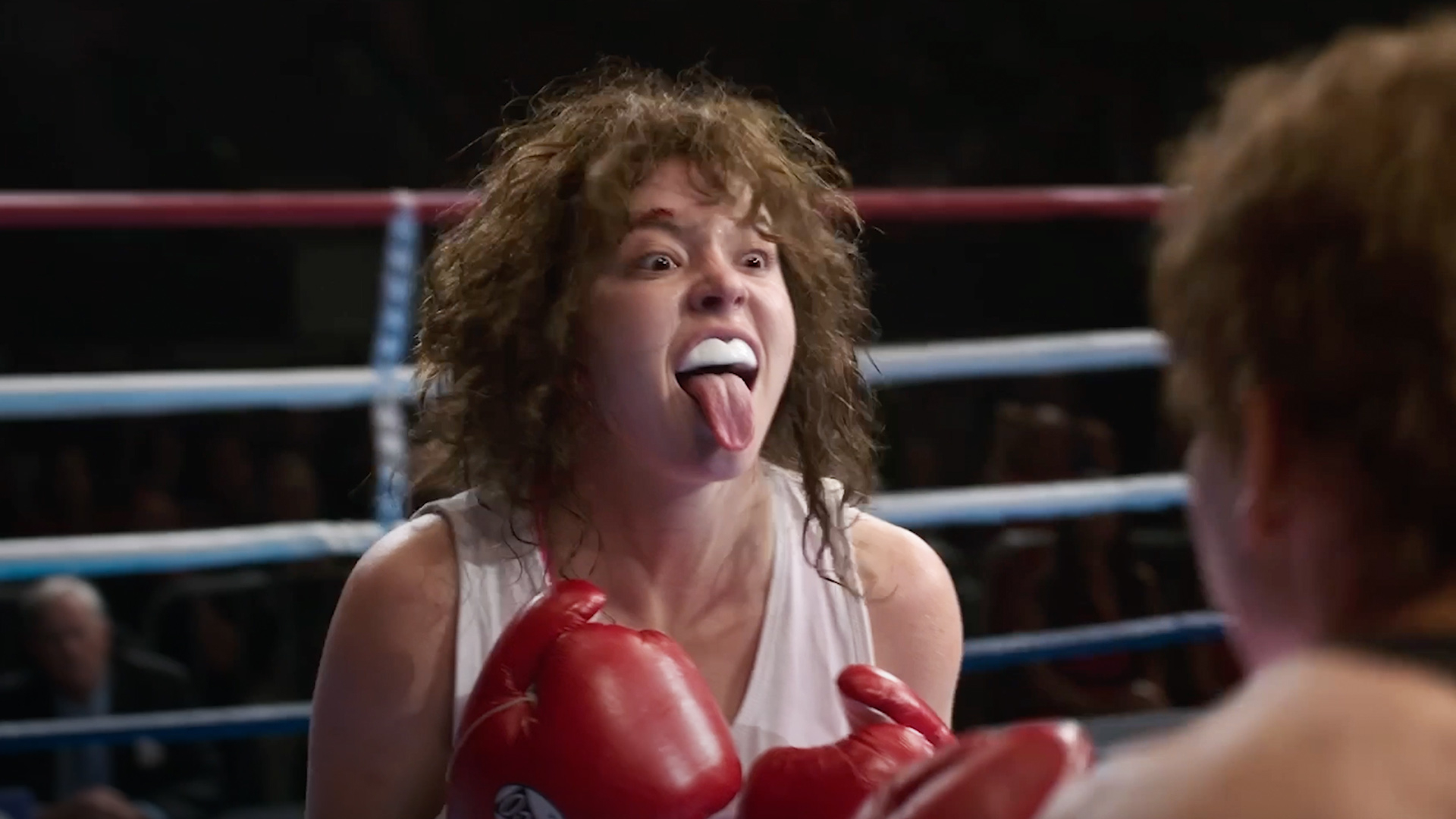Hollywood’s fascination with pugilistic cinema shows no signs of abating, despite a noticeable decline in audience engagement. The recent Sydney Sweeney vehicle, a boxing drama intended to blend athletic intensity with poignant narrative, failed to achieve commercial success. However, beyond the specific failure of this particular movie, its lackluster performance prompts a broader inquiry: what compels the film industry to repeatedly revisit the boxing genre?
The sports biographical film has consistently been a cinematic cornerstone, with boxing, notably, occupying a distinct position in film chronicles. Spanning from Rocky to Raging Bull, this genre has presented memorable portrayals, compelling storylines, and victorious instances that extend beyond the sport itself. However, in recent times, the once-reliable formula appears to be losing its impact. Viewers are no longer rushing to cinemas for tales of overcoming adversity depicted through battered fists and shattered aspirations. Instead, many seem fatigued by predictable plotlines that mirror the identical ascent-decline-redemption pattern reiterated for many years.
The lasting fascination with boxing narratives
To grasp the enduring appeal of boxing for filmmakers, one must acknowledge its inherent cinematic symbolism. This sport offers a visual and emotional lexicon that readily adapts to the screen, with themes of struggle, resilience, and the pursuit of self-value being intrinsically dramatic. Every strike delivered serves as a metaphor for human tenacity, and each round contested reflects the unyielding trials of existence.
Furthermore, the sport of boxing has consistently provided a platform for examining themes of selfhood, social standing, and male identity. In cinematic classics, the central figure frequently embodied the role of an underdog — a blue-collar pugilist striving for honor and recognition. Such narratives deeply connected with audiences during periods when struggles and aspirations were widely relatable. However, with changing societal norms and a redefinition of what constitutes “heroism,” the established conventions of this genre face the challenge of becoming obsolete.
Today’s audiences possess a heightened understanding of the intricate dynamics of gender, authority, and exploitation prevalent in sports. The concept of a solitary combatant striving for triumph appears progressively detached from contemporary discussions surrounding collaboration, susceptibility, and societal equity. This generational divide could elucidate why recent biographical films about boxing, despite featuring prominent actors, encounter difficulties in captivating audiences.
When the formula ceases to be effective
Sydney Sweeney’s boxing drama attempted to reimagine the familiar story through a female lens, offering a blend of empowerment and physical endurance. Yet despite its intention to modernize the genre, audiences didn’t respond. The film faced criticism for its lack of originality and uneven tone — two common pitfalls for sports biopics that fail to balance authenticity with fresh storytelling.
Part of the issue lies in repetition. Modern audiences, bombarded with content across streaming platforms, expect innovation and depth. They crave narratives that surprise, challenge, or emotionally disarm them. When yet another boxing movie arrives promising triumph over adversity, the reaction is often fatigue rather than fascination.
Additionally, the world of sports itself has changed. Combat sports like mixed martial arts have overtaken boxing in mainstream popularity, and audiences now have real-time access to fighters’ personal stories through social media. The once-exclusive glimpse into an athlete’s emotional world that cinema offered is now readily available online — unfiltered and unscripted.
For filmmakers, this means that simply dramatizing a fighter’s life is no longer enough. The story must go beyond the ring, exploring what the punches represent rather than who throws them. Without that evolution, boxing films risk becoming relics of an era that romanticized physical struggle as the ultimate metaphor for success.
Searching for the next evolution of the boxing biopic
Despite their recent struggles, boxing movies still hold potential — if creators are willing to redefine their approach. The genre can thrive again by shifting focus from the sport itself to the social, psychological, and emotional worlds surrounding it. Films that dive into the mental health of athletes, the economic pressures of competition, or the blurred line between empowerment and exploitation could breathe new life into this well-worn narrative space.
Female-led stories, like Sweeney’s, could still pave the way for change — but only if they move past the need to mirror masculine versions of the boxing myth. Instead of portraying women as fighters proving themselves within a traditionally male framework, future films could explore how female athletes redefine strength, resilience, and identity on their own terms.
Another promising avenue involves broadening the locations and reach of these narratives. Boxing has moved beyond just dimly lit gyms or grand championship venues; it thrives in communities across the globe, from local youth initiatives to refugee settlements where the sport serves as a means of empowerment. Investigating these often-overlooked environments could revitalize the genre, imbuing it with genuine authenticity and worldwide significance.
The destiny of combat cinema in a post-pugilism epoch
Hollywood has a long-standing tradition of adhering to established patterns. The boxing biopic, inherently rich in drama and emotional resolution, has consistently been a reliable choice—until recently. With audiences now seeking more intricate and diverse narratives, filmmakers face the decision of adapting or facing obsolescence.
The real task isn’t to discard sports as a narrative tool, but rather to redefine the essence of what a struggle represents. The next groundbreaking boxing movie might not center on title fights or decisive blows; instead, it could explore themes of psychological resilience, self-discovery, or navigating a system as unforgiving as the sport itself.
In this regard, the genre’s longevity might hinge on filmmakers’ readiness to venture beyond the conventional — to discover novel approaches for portraying conflict and success that mirror current societal conditions. Otherwise, boxing films could persist in throwing powerful punches without landing them, engaging in a shadow fight with history instead of grappling with what lies ahead.
Perhaps the question isn’t why we keep making boxing biopics — but whether we’re brave enough to reinvent them.



